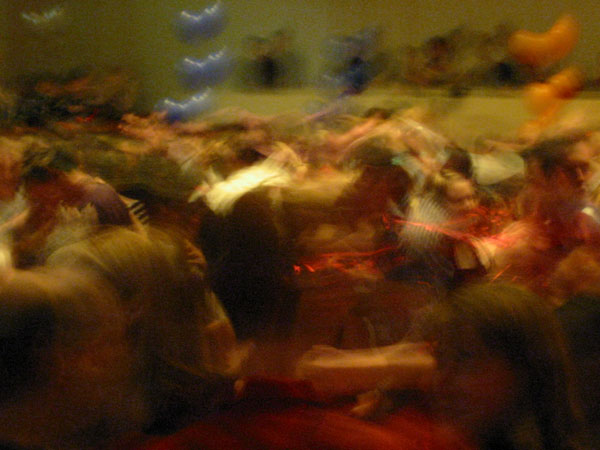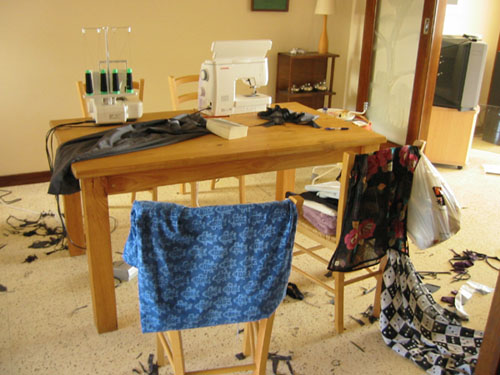i feel that i should extend my fashion palete from only red, pink and purple, to include blue and green. with the help of my lovely assistants ikea and spotlight.
work: delivered the paper last thursday and it went swimmingly. minor problems:
1)too long. thought so, but supes said it was ok. will now follow instincts in this matter
2)lack of dvd player was a poo. hard to talk about dancing when people don’t have a clue what it looks like
3)lack of purpose-specific footage was irritating
craftiness/expressions of obessive-compulsiveness:
bought some primary colour cotton fabric to make small, quilted seat cushions. mmm-mm. also bought some green and blue wool (not acrylic, for once!) to make sexy crocheted things using the book of stitches The Mother bought me yesterday. also considered beginning embroidery sampler at 11pm, but vetoed in favour of 100% attention for Kill Bill.
domesticity:
the p’s are here and this too is going swimmingly. suprising, really, when you consider the fact that our two bedroom house is now sleeping four, none of whom will sleep with any of the others because of Snoring. NB – i am the only non-snorer. my loss, obviously.
we have been out to dinner a few times (including Growlers last night, where i saw People i know and had a nice dinner), been to ikea (which is shameful, but the p’s had hired a car), so we could buy some crap.




